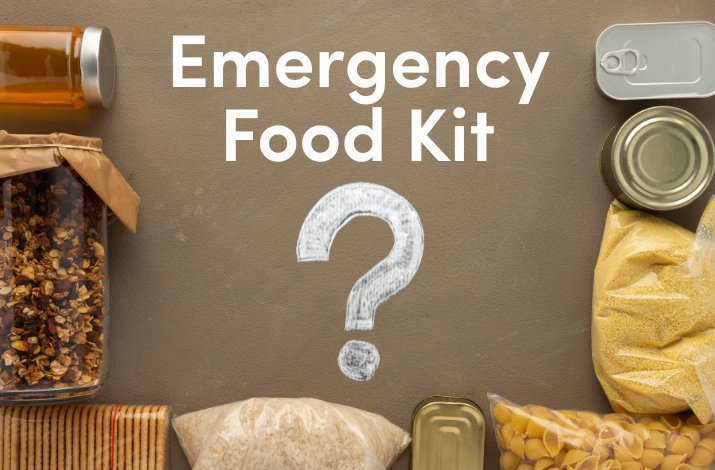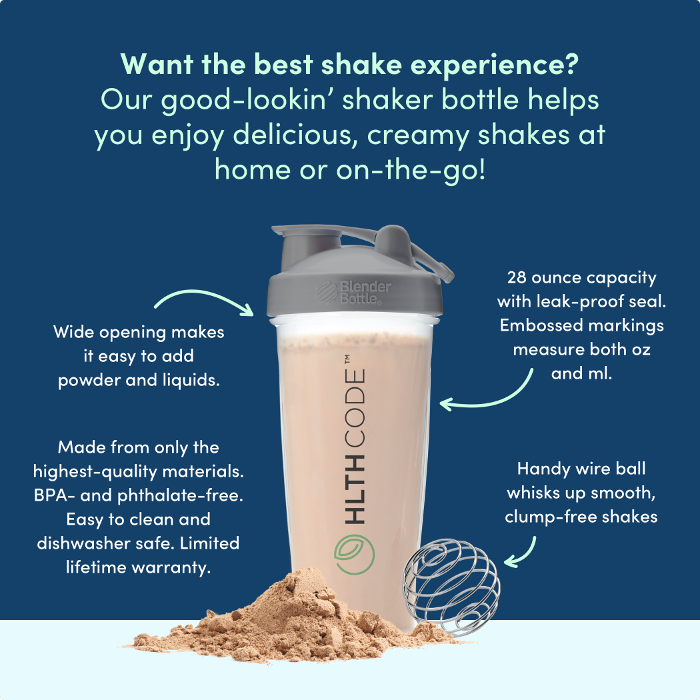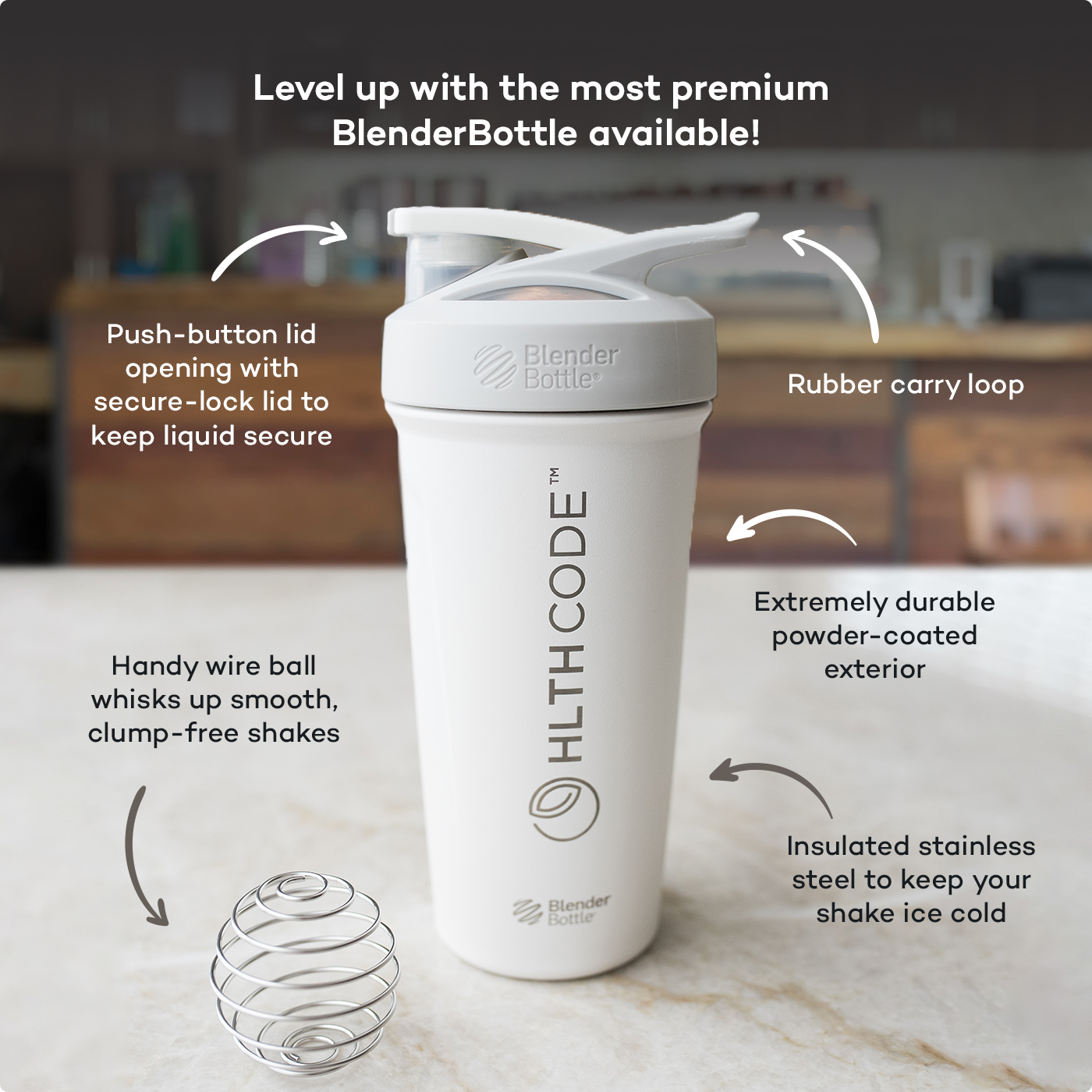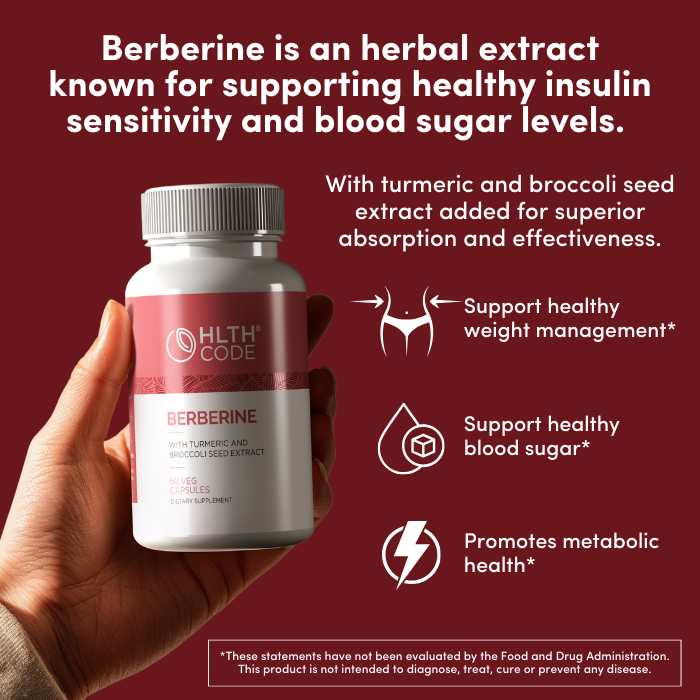Why Every Household Needs an Emergency Food Kit

In an uncertain world, you must prepare not just as a smart choice, but as a necessity. Natural disasters, power outages, supply chain disruptions, and other unexpected emergencies can disrupt daily life and limit access to food. That’s why every household should have an emergency food kit ready to go. A well-stocked, nutritionally balanced food kit offers peace of mind and real-world resilience when it matters most.
Why Emergency Preparedness Matters?
Disasters often strike with little to no warning, and grocery store shelves can be emptied within hours. Having a reliable source of food that doesn’t require refrigeration or elaborate cooking is crucial. An emergency food kit ensures that you and your loved ones have access to essential nutrients and calories during difficult times, without relying on external aid or last-minute scrambles.
Understanding Emergency Food Kits
An emergency food kit is a pre-packed supply of long-shelf-life meals and essentials designed to sustain individuals or families during a crisis that can be used in the home or taken on the road if disaster strikes. These kits often include multiple servings of calorie-dense meals, along with snacks, drinks, and sometimes even water or water purification tools.
The Importance of Being Prepared
Food security is fundamental. A proper emergency kit can help maintain energy levels, reduce stress, and support immune health during uncertain times. For households with children, elderly members, or individuals with dietary restrictions, preparedness isn’t optional, it’s a necessity.
Key Components of Effective Emergency Food Kit
A good emergency food kit should be more than just a box of random shelf-stable items. It should be thoughtfully curated to provide balanced nutrition, long shelf life, and convenience.
Non-Perishable Food Items
The foundation of any emergency food kit is non-perishable items that can be stored for years without spoiling. Look for meals that offer a balanced combination of quality proteins, healthy fats, and low-glycemic carbohydrates. Avoid options that rely heavily on high-carb fillers like rice or grains. The HLTH Code Emergency Food Storage is an excellent example, it’s portable, durable, and offers complete nutrition without the need for meat, fish, or artificial preservatives.
Water Supply
Water is just as critical as food. Your kit should include bottled water or water purification tablets. Plan for at least one gallon of water per person per day, and store extra for hygiene and cooking.
Special Dietary Needs
Don’t overlook dietary restrictions. Whether you’re gluten-free, vegetarian, or managing a metabolic condition like diabetes, your emergency food kit should align with your health needs. HLTH Code is designed with this in mind, using clean, nutrient-dense ingredients and avoiding common allergens and blood sugar-spiking carbs.
Maintaining and Storing Your Emergency Food Kit
Building the kit is just the first step. Keeping it safe and functional is equally important.
Storage Tips
Store your emergency food kit in a cool, dry place away from direct sunlight. Avoid basements that may be prone to flooding or garages that experience extreme temperature shifts.
Regular Updates
Check expiration dates every 6–12 months and rotate older items. Replacing or supplementing your stock annually ensures that your kit stays fresh and ready for use at a moment’s notice.
Conclusion
Preparedness is more than a plan-it’s a responsibility. With the right emergency food kit, your household will be equipped to face uncertain times with confidence. Skip the carb-heavy, meat-laden options and choose HLTH Code Emergency Food – the trusted, nutrition-forward solution for families.


















